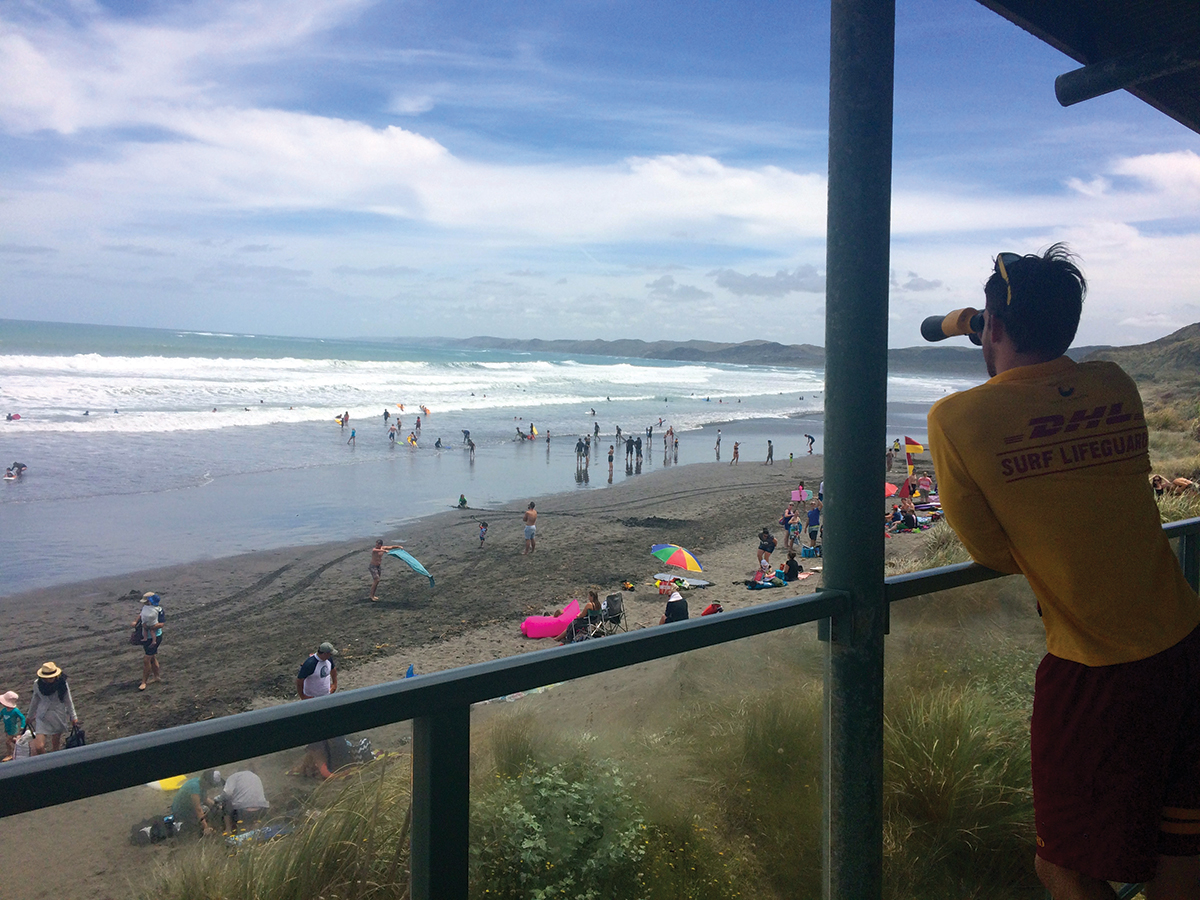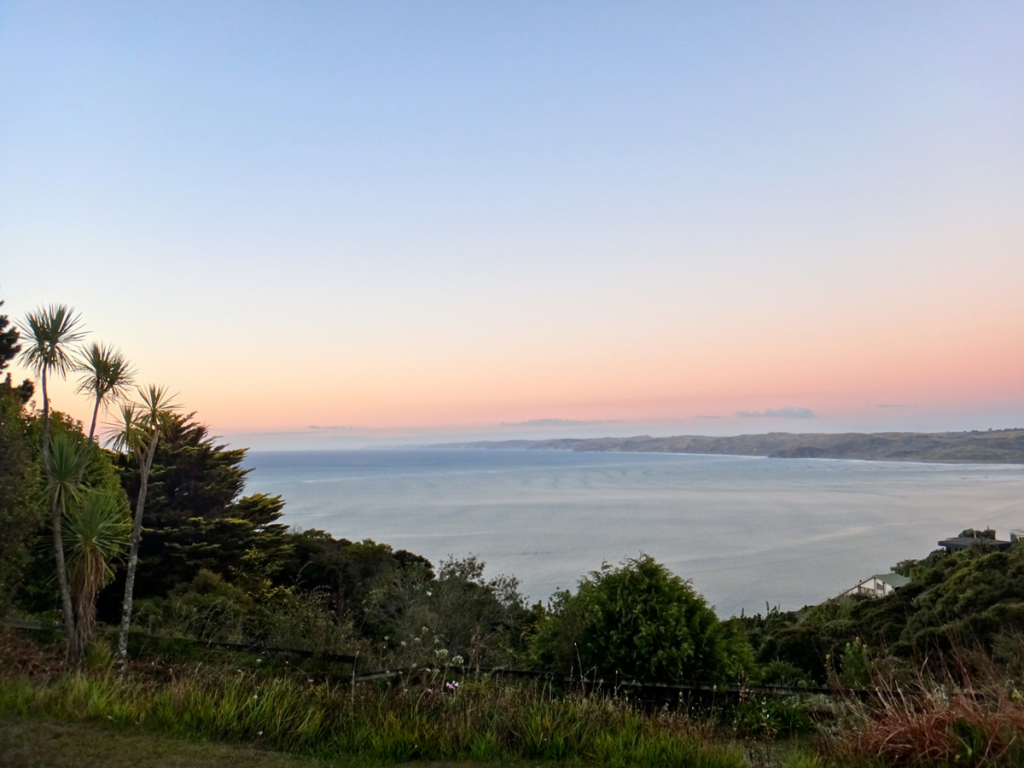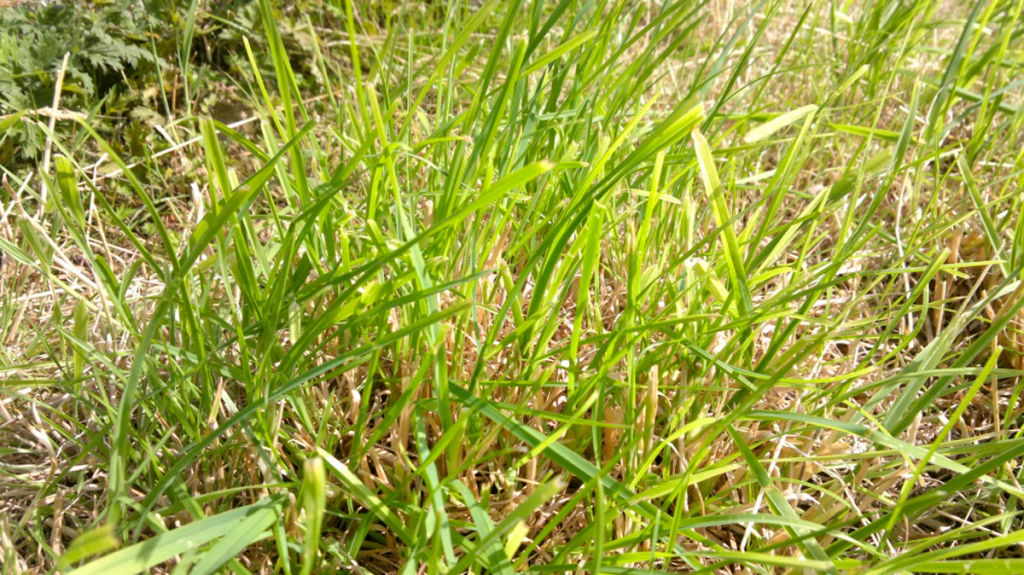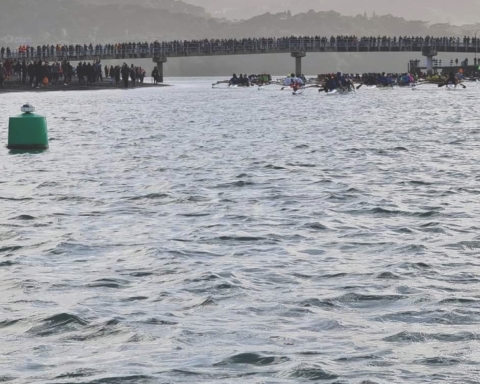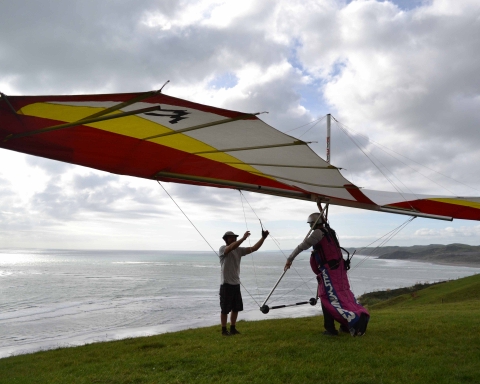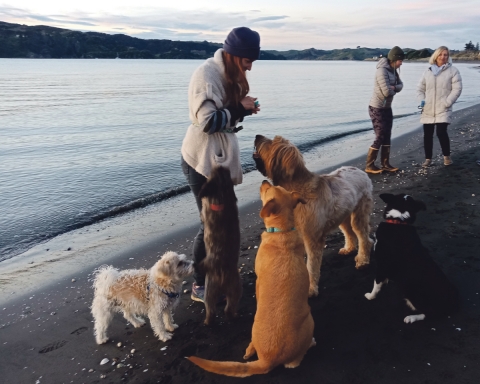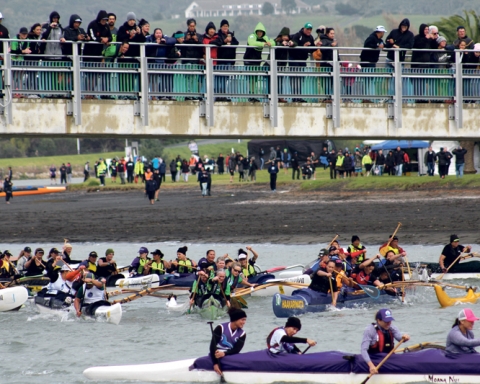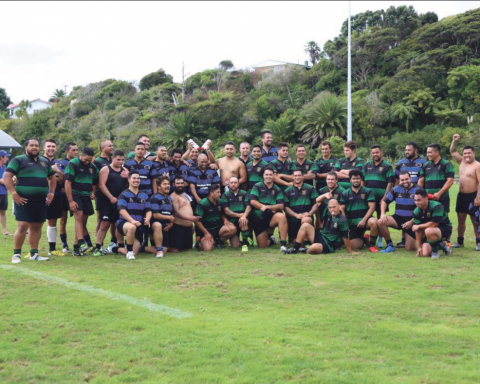It may come as a surprise to avid ‘Piha Rescue’ viewers but the reality is that Raglan’s the training ground of choice for Surf Life Saving New Zealand when it puts its young lifeguards through their paces.
“We test them (lifeguards) in the best conditions available,” says lifesaving services and education manager Allan Mundy of Ngarunui’s consistent beach break. It’s no contest because the likelihood and the quality of waves at Ngarunui are so high, he explains.
Every year around September – before crowds flock to the beach but when big storm swells are likely to hit – Surf Life Saving New Zealand mounts a major training exercise at Ngarunui.
Typically 75-odd SLSNZ support staff, instructors, examiners and lifeguards (or candidates as they’re called at the training stage) converge upon Raglan from all around the country, Allan says.
Most stay on site at the local clubrooms or at Kopua campground for the duration of the course, he adds, though some from relatively close-by commute daily.
Raglan’s status as the country’s premier rescue training venue was revealed by SLSNZ in a media release about its charity partnership with rental vehicle company Thrifty.
Thrifty supplies 10 4WDs – which Allan says are “our operational staff vehicles” – that assist in essential activities such as search and rescue and transporting volunteer surf lifeguards to training at remote beaches.
The vehicles are an important part of the annual training exercise, Allan explains. Several are driven to Raglan from Auckland, Gisborne and the Bay of Plenty, some towing trailers with engines, equipment and of course the inflatable rescue boats that pluck swimmers in trouble to safety.
Inflatable rescue boat instructor Gabriel Puckey-Brockelsby – who recently came across from the east coast to help train six new IRB drivers at Ngarunui – says that because many of the lifeguards are in their teens and don’t have cars or access to vehicles themselves, it’s the 4WDs that actually get them to training on the other side of the country.
The IRB training itself is “rigorous”, adds Allan. “If it’s three-metre surf then our candidates have to be able to perform in these conditions.”
Operators or boat drivers have had a minimum of 10 weekends of training and skill development in their own clubs even before getting to Ngarunui, he reveals. “That’s our finishing school.”
The boats are spread along the beach, a safe distance apart, while instructors and examiners put the candidates through their paces.
Ngarunui is without a doubt the country’s best training ground for volunteer surf lifeguards, Allan reiterates, because of its rugged and challenging conditions.
SLSNZ’s training and development operations ensure safety at more than 80 New Zealand beaches patrolled from Labour Weekend to Easter every year.
Edith Symes
